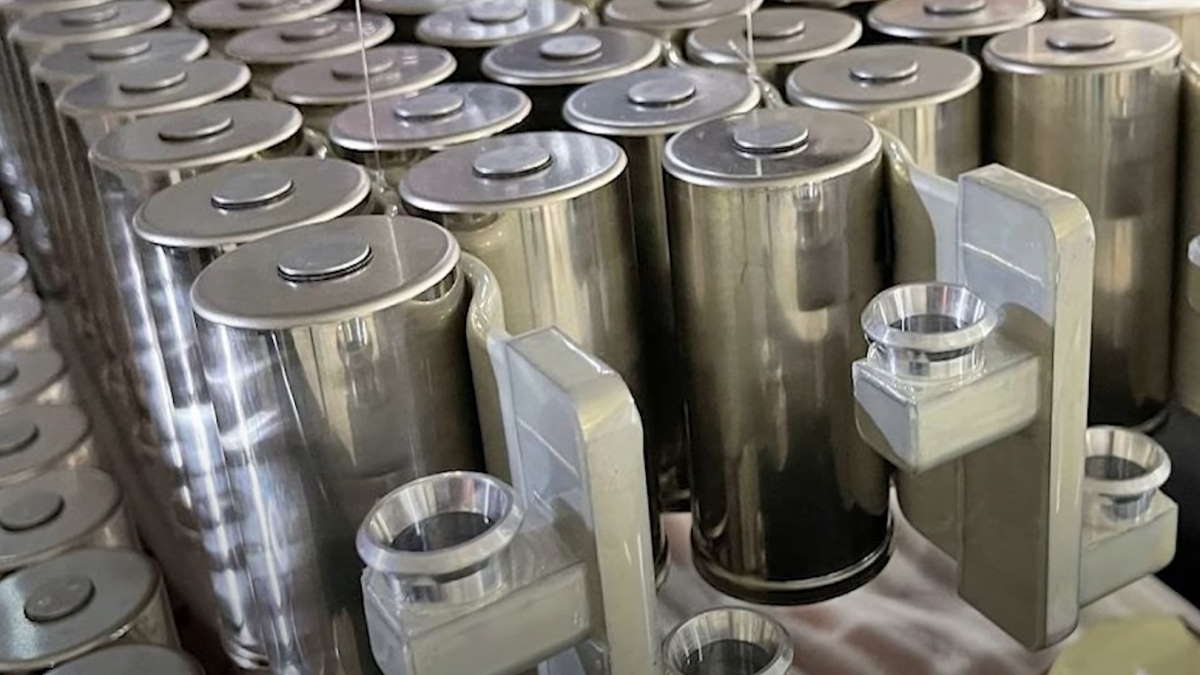Tesla's 4680 batteries are a breakthrough technology. What do they do better and what is the future of battery technology? Let's find out!
What Do Tesla's 4680 Batteries Really Do Better?
What do Tesla's 4680 batteries do better? Here's what they do better and why they make Tesla a cut above the rest of the competition.
Compromise
There is always a compromise with batteries. Iron phosphate cathodes are lower cost, but that sacrifices energy density. If you want more power, you lose range. Faster charging speed causes more degradation. Battery safety matters to. A pouch battery can be lighter than a prismatic, but there are issues with that. It's all about the right balance for the right application.
Prismatic cells are easier to manufacture, but production is slower. There are complex manufacturing techniques. Tesla is able to get exceptional power without sacrificing range too much. Still, there haven't been too many breakthroughs since the initial lithium-ion battery.
Tesla's 4680 batteries have some breakthroughs that give Tesla a big advantage. The two big breakthroughs are dry battery electrode process and tabless design.
Thicker Electrodes
Tesla is not held back with things like thermal management. The electrodes for the 4680 batteries are about 20-25% thicker than the 2170 cells. What does this mean? It means that these cells are genius and come together on many levels. The thicker electrodes means that there will be more electrode in the cell relative to anything else. That means there is less other metals relative to energy capacity. There is less other elements in the cell and thus they aren't contributing to the power of the cell. They cost and weigh something.
Energy Density
Energy density is all about how many ions you can fit in the cell. More lithium ions can fit into a cell compared to other elements. Lithium has done well because of this because you can pack it in more than other elements.
Graphite is much more durable. Iron cathodes are not able to take on as many ions as nickel. Using a thicker cathode can mean there is more lithium inside too. More of the other elements are not required. A thicker anode and cathode means better energy density.
This is achieved due to thermal management. The electrodes are thicker and that cell is tabless. There is a tab everywhere for the cell and energy can travel at much shorter distances. This might be why we hear that 4680 batteries have similar energy density to 2170 cells. 4680 batteries may even have more energy density than the 2170 cell.
DBE
This is the dry battery electrode process (DBE). There isn't the usual binder required with dry technique when compared to the wet slower technique. This improves conductivity and energy density.
Bigger Cells & Structural
The tabless design allows Tesla to produce larger cells - in much more volume than the 2170 cells. Larger cells needs less casing. You have a lighter cell and you can produce them faster on the production line with fewer welds and processes. Structural packs mean lighter weight and improved structure, resulting in better handling.
This is also possible with cells of a smaller diameter, but Tesla has also done other clever things for safety using the structural technique. A structural battery pack contains a structure inside the pack. The 4680 batteries are the structure of a vehicle and the structure integrity should be superior.
Additional Breakthroughs
Eventually, there should be solid state cells. Whoever can work out how to produce graphite at low cost and mass market should do very well. It will be interesting to see if Tesla can do this.
This is all very detailed and requires a deep knowledge of battery chemistry and construction. Tesla Economist does a good job breaking this down. What do you think of Tesla's battery technology? Will this help Tesla in the future?
For more information, see this video by Tesla Economist:
Leave your comments below, share the article with friends and tweet it out to your followers.
Jeremy Johnson is a Tesla investor and supporter. He first invested in Tesla in 2017 after years of following Elon Musk and admiring his work ethic and intelligence. Since then, he's become a Tesla bull, covering anything about Tesla he can find, while also dabbling in other electric vehicle companies. Jeremy covers Tesla developments at Torque News. You can follow him on Twitter or LinkedIn to stay in touch and follow his Tesla news coverage on Torque News.






